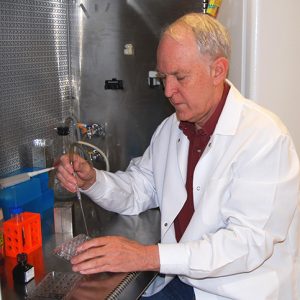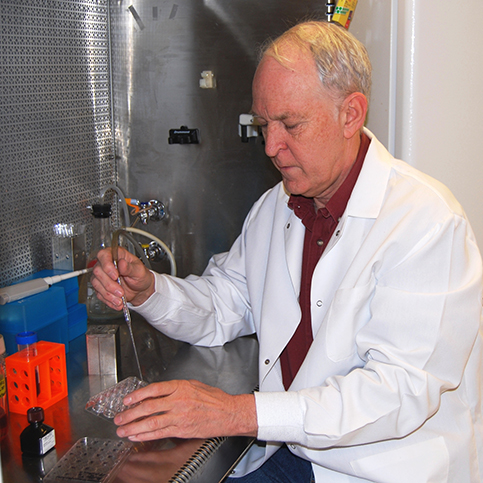Using the approach developed by the Funderburgh Laboratory, registered clinical trials in India have successfully treated over 80 patients with acute and chronic corneal opacities.

In 2005, the Funderburgh Laboratory and collaborators at the Department of Ophthalmology, including Yiqin Du, MD, PhD, found stem cells in the connective tissue of the adult cornea.1 In 2009 the same group confirmed that these corneal stromal stem cells (CSSCs) were able to reconstruct the microstructure of the corneal stroma and restore corneal transparency in a genetic mouse model of corneal scarring.2 In 2014, using a mouse wound model with corneal opacity, they found that human CSSCs prevent trauma-induced corneal scarring. When the recovering tissue is overlaid with a layer of live CSSCs in a fibrin gel, transparent corneal tissue regenerates without scarring.3 Using the approach developed by the Funderburgh Laboratory, registered clinical trials in India have successfully treated over 80 patients with acute and chronic corneal opacities.
The Department’s Cornea Task Force is focused on bringing the CSSC clinical treatment for corneal opacities to the United States, continuing Jim Funderburgh’s legacy so that many more patients will have access to this innovative treatment. FDA approval will require significant time and resources, but the reality is within our grasp.
With continued support from generous donors to the Eye & Ear Foundation, we can provide a rapid non-surgical regenerative therapy for corneal scarring that will reduce the need for invasive transplant surgery and the costs and complications associated with it, with a convenience and accessibility that will revolutionize the field.
Cornea Task Force
Clinicians
Deepinder Dhaliwal, MD
Vishal Jhanji, MDResearchers
Yiqin Du, MD, Ph.D.
Gary Yam, Ph.D.
References
